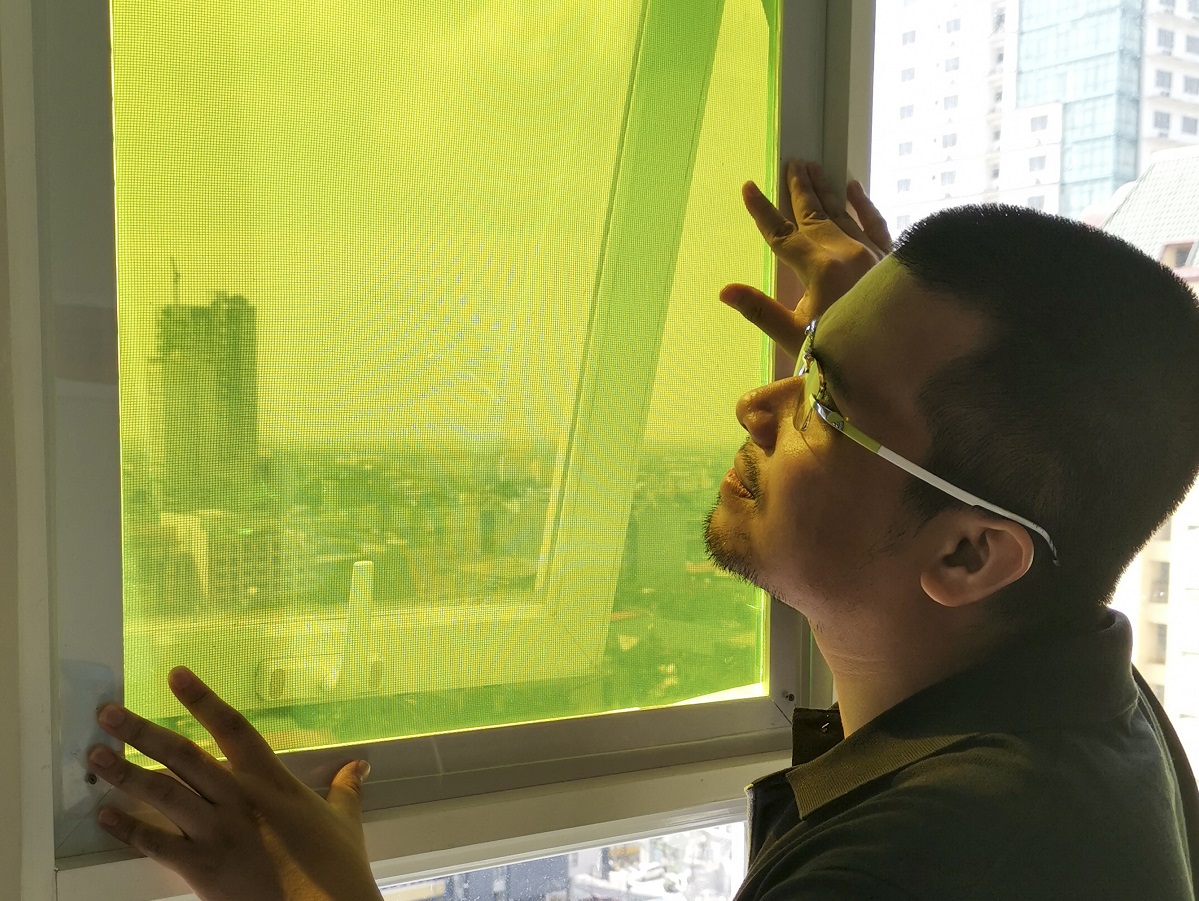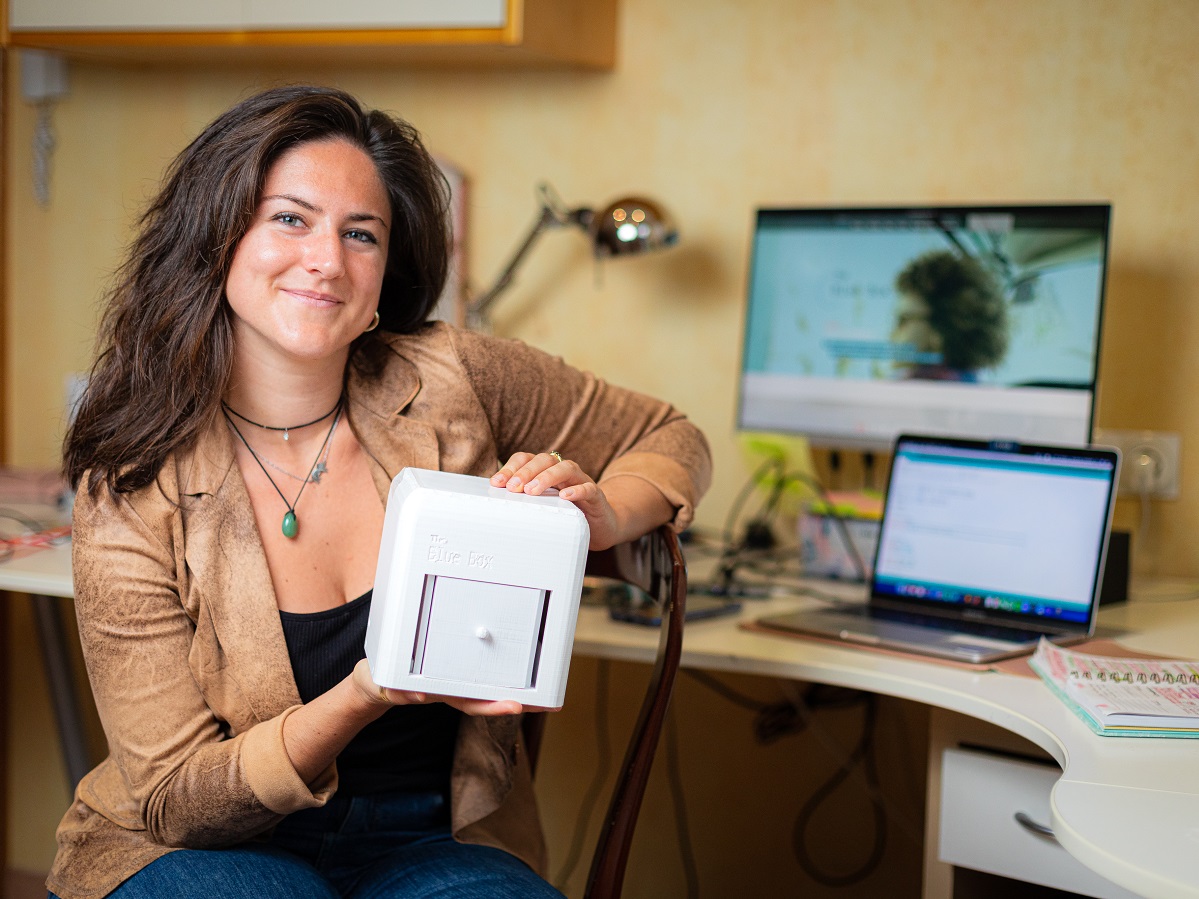The global finalists for the James Dyson Award 2020 have been announced with one international winner, two international runners up and a sustainability award winner.
This year’s James Dyson Award received its highest number of global entries to date from young scientists and engineers from around the world.
The Blue Box (pictured above) was awarded as the international winner. Invented by 23-year old Judit Giró Benet from Tarragona, Spain, it offers a new way to detect breast cancer at-home using a urine sample.
Inspired by her mother’s diagnosis of breast cancer, Judit realised that there is a global need for a less invasive and more accessible screening process for breast cancer. Currently, screening requires women to attend hospitals or medical facilities and undergo an invasive and often costly procedure.
The Blue Box device performs a chemical analysis of urine samples and sends the results to the cloud. An AI based algorithm reacts to specific metabolites in the urine, providing a fast diagnosis. The device is linked to an app which immediately puts the user in touch with a medical professional if the sample tests positive.
Scope and The Tyre Collective were awarded international runners up. Invented by students from the University of Waterloo in Canada, Scope is a new lens using liquid crystals that enables a lossless camera zoom. Invented by a team of students from Imperial University and the Royal College of Art in the UK, The Tyre Collective is a device that captures tyre-wear particles at the wheel of a vehicle to be recycled for future applications.

The Sustainability Award was presented to AuREUS System Technology invented by 27-year old Carvey Ehren Maigue from Mapua University in Manila, the Philippines (pictured above). It is a new material made from waste crop which converts UV light into renewable energy. It aims to solve the problem of intermittency of renewable energy sources with wind power and solar power only generated in specific environmental conditions.
AuREUS is a material that can be attached to a pre-existing structure or surface to harvest UV light and convert it into visible light to generate electricity in a way that traditional solar panels cannot. Whether the sun is shining, or it is cloudy, the material will still generate electricity as the particles absorb UV light causing them to glow. As the particles ‘rest’ they remove excess energy and this ‘bleeds’ out of the material as visible light which can then be transformed into electricity.
Sir James Dyson said the engineers, scientists and designers who enter the Awards demonstrate that young people want to change the world – and they can.
“We have observed a growing number of ideas for healthcare and improving sustainability, and it seemed invidious to choose between such noble ideas, so we created two prizes this year, to support two equally worthy inventions. Judit and Carvey are highly impressive individuals who have made significant breakthroughs.”

